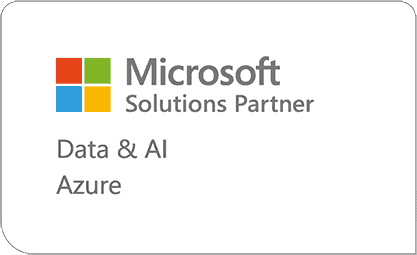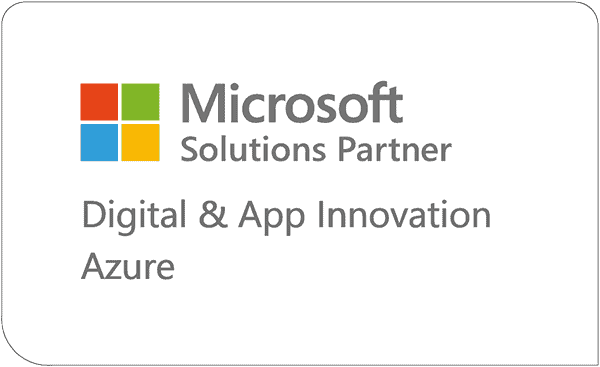Agentic AI in Practice: From Concept to Enterprise Impact
Agentic AI is transforming automation from static responses to dynamic action. See how platforms like Microsoft Copilot, Azure AI Foundry, and Salesforce Agentforce are making intelligent agents enterprise-ready
AI has entered a new stage. It’s no longer limited to answering questions or generating text. Agentic AI represents a shift from reactive assistants to proactive collaborators that plan, reason, and execute tasks on behalf of users.
Organizations are turning to these intelligent systems to reduce manual effort, accelerate decision-making, and connect fragmented workflows. In this post, we’ll explore what makes an AI agent truly “agentic,” how modern platforms like Microsoft Copilot, Azure AI Foundry, and Salesforce Agentforce are shaping the landscape, and what it takes to design agentic AI that’s enterprise-ready.
What Makes an AI “Agentic”?
Most people are familiar with AI that responds to a prompt. It answers, it explains, but it doesn’t act. Agentic AI moves beyond that. It takes intent, plans a series of actions, executes them across systems, and adjusts its path along the way.
An agentic AI system is designed to:
For example, an agent could receive a task like “Create a weekly sales summary for the executive team”. It would then pull data from multiple systems, generate insights, format a report, and send it without step-by-step triggers from a human.
Core Technical Components and Architecture
Building an agentic AI requires more than just launching a large language model. It needs structure, memory, and guardrails. Here’s what that typically looks like:
Together, these components transform an AI from a conversational interface into an active participant in business processes.
The Growing Ecosystem of AI Agents
Major technology providers are rapidly building ecosystems that make agentic AI accessible and scalable for enterprises. Three platforms stand out today for their readiness and integration capabilities.
Microsoft Copilot
Microsoft Copilot brings agentic capabilities into the flow of work. Inside the Microsoft tools you use everyday, it can summarize meetings, generate reports, draft communications, and even execute workflows that connect across Microsoft 365 and Power Platform. With the use of Copilot Studio, organizations can create custom copilots that extend beyond simple prompts. They can perform actions, fetch data, and collaborate with other agents.
Azure AI Foundry
Azure AI Foundry provides the foundation for building and managing multi-agent systems. It supports planning, orchestration, and coordination across multiple specialized agents that each handle parts of a workflow. With integrations into Azure OpenAI Service, developers can build agentic pipelines with reasoning, memory, and secure access to enterprise data.
Salesforce Agentforce
On the CRM side, Salesforce Agentforce is introducing agentic automation within customer engagement and sales operations. By connecting directly to Salesforce data, these agents can act on records, execute next-best actions, and maintain full alignment with CRM governance and workflows. For organizations centered around Salesforce, Agentforce offers a path to bring autonomous reasoning into customer-facing processes.
Together, these platforms show how agentic AI is moving from theory to practice while embedded in the tools employees already use.
Design Considerations for Enterprise Readiness
Deploying agentic AI successfully requires proper planning and discipline. Before introducing an autonomous system into your environment, it’s critical to consider:
An agent is only as strong as the systems around it. Governance and data quality matter as much as model performance.
Use Case Highlights
To visualize what agentic AI can do, consider a few practical examples.
Each one operates with autonomy, context, and a defined purpose, saving time while improving accuracy.
Conclusion
Agentic AI is reshaping what automation looks like inside the enterprise. It brings together reasoning, planning, and action while still having human guidance and governance.
By thoughtfully introducing platforms like Microsoft Copilot, Azure AI Foundry, and Salesforce Agentforce, organizations can transform how work gets done, creating intelligent systems that act, adapt, and collaborate.
To explore how agentic AI can be applied to your environment, visit our AI Agent Development Services.
Looking for more on AI?
Explore more insights and expertise at smartbridge.com/ai
There’s more to explore at Smartbridge.com!
Sign up to be notified when we publish articles, news, videos and more!
Other ways to
follow us:




